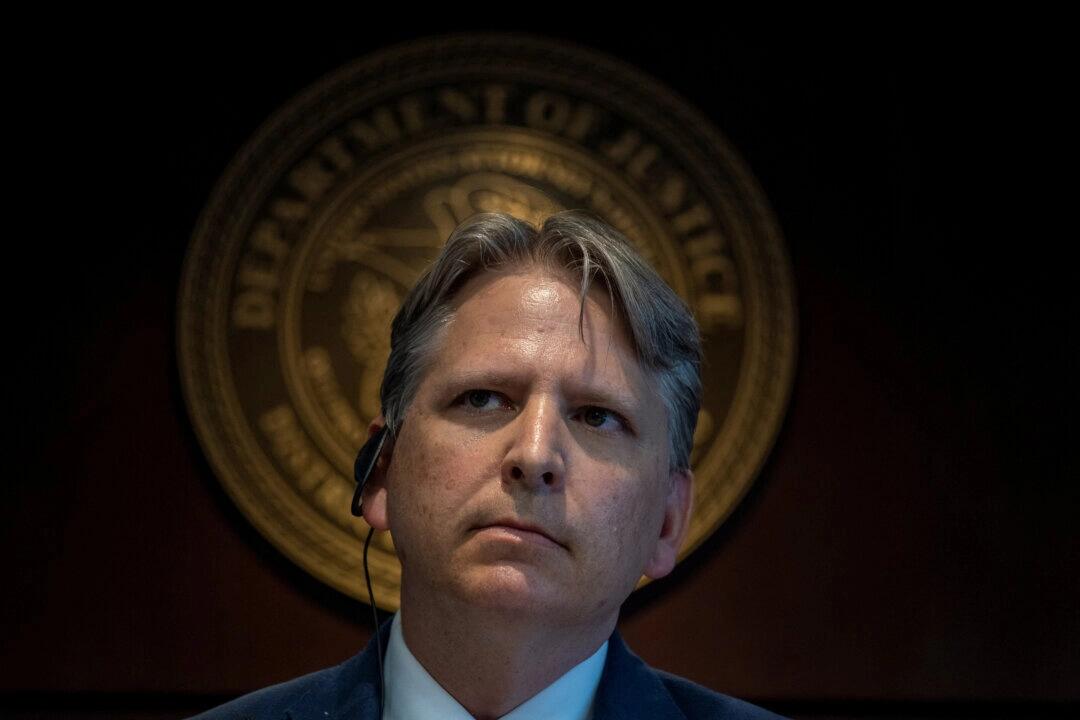Men undergoing radiation therapy for prostate cancer who experience side effects early in treatment may face a higher risk of developing more serious long-term urinary and bowel health issues, according to a new study led by investigators from the UCLA Health Jonsson Comprehensive Cancer Center.
The study found that patients who experienced moderate acute urinary side effects in the first three months after radiation were nearly twice as likely to develop late urinary complications years later compared to those without early symptoms. Similarly, patients with early bowel side effects had nearly double the risk of chronic bowel issues.
The findings, published in the Lancet Oncology, highlight the importance of developing strategies to better manage acute toxicities to help improve long-term outcomes and quality of life for patients.
"Men with prostate cancer are living longer than ever, and our goal is to reduce the risk of late toxicities, such as difficulty urinating or rectal bleeding, that can impact a patient's quality of life for years," said Dr. Amar Kishan, executive vice chair of radiation oncology at the David Geffen School of Medicine at UCLA and senior author of the study. "This study highlights innovations we're developing, such as using smaller treatment margins in prostate radiation to minimize early side effects, that can lead to lasting benefits by also reducing the risk of long-term complications for patients."
Prostate cancer is the most common cancer among men, with radiation therapy often serving as a key treatment for localized prostate cancer, often involving higher doses to better control the disease. While this approach effectively controls cancer, it can also harm nearby healthy tissues, causing acute and late-term side effects.
Acute toxicity refers to side effects that occur during treatment or within the first three months after it ends, and they are typically temporary. Common urinary side effects include increased frequency of urination, difficulty urinating and discomfort during urination. Bowel-related side effects may include softer stools or diarrhea, as well as rectal discomfort during bowel movements.
Late toxicity, on the other hand, can appear months or even years later and can last for years. Late urinary toxicities include narrowing of the urethra and having blood in the urine. Late bowel toxicities include having blood in the stool or having an ulcer in the wall of the rectum. These issues often can have a bigger impact on a person's quality of life compared to acute side effects.
While both acute and late toxicities are caused by radiation's effect on healthy tissues, the connection between the two hasn't been well-studied, particularly using large-scale data.
To better understand this relationship, the researchers analyzed data from over 6,500 patients from six randomized phase 3 trials clinical trials that shared detailed, individual-level data on short-term and long-term side effects affecting the urinary and bowel systems.
The researchers found patients with moderate or worse early side effects were more likely to experience severe late effects, even years after treatment. Men with early urinary or bowel issues were also more likely to report significant drops in their ability to manage daily activities and overall quality of life.
For urinary toxicity, experiencing acute toxicity increased the rate of late toxicity from 7.5% to 12.5%, and for bowel toxicity, experiencing acute toxicity increased the rate of late toxicity from 12.7% to 22.5%.
The odds of having a clinically-significant decline in urinary quality of life were 1.4 times as high for men who had moderate acute urinary toxicity. The odds of having a clinically-significant decline in bowel quality of life were 1.5 times as high for men who had moderate acute bowel toxicity.
"These results show that acute toxicities following prostate radiotherapy are associated with late toxicities months and years later," said Dr. John Nikitas, a resident in the department of radiation oncology at UCLA Health, and first author of the study. "This underscores the importance of measures that reduce the risk of acute toxicities because they may also potentially improve long-term outcomes and quality of life for patients."
Kishan, who is also an investigator at the UCLA Health Jonsson Comprehensive Cancer Center, emphasized the potential impact of newer techniques to reduce both acute and late toxicities.
"Reducing early side effects through advanced techniques like MRI-guided radiation, which allows for more precise targeting of tumors, and urethral-sparing methods, which uses spacers between the prostate to protect surrounding tissues and rectum could potentially help lower the risk of lasting side effects," said Kishan.
However, more studies are needed to determine if specific strategies to reduce early side effects will improve long-term outcomes and whether treating short-term side effects early can help prevent long-term complications.
Other UCLA authors are Dr. Michael Steinberg, Dr. Luca Valle, Dr. Joanne Weidhaas, Parsa Jamshidian, Donatello Telesca and Tahmineh Romero. A full list of authors is included with the article.
More information: John Nikitas et al, The interplay between acute and late toxicity among patients receiving prostate radiotherapy: an individual patient data meta-analysis of six randomised trials, The Lancet Oncology (2025). DOI: 10.1016/S1470-2045(24)00720-4
https://medicalxpress.com/news/2025-01-prostate-cancer-reveals-early-side.html








